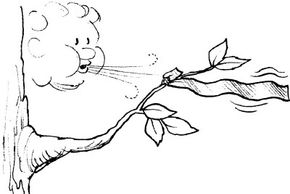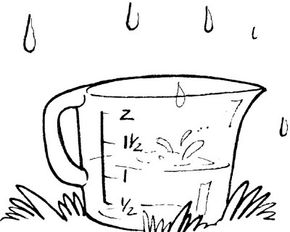Rainy or stormy days don't have to be a disappointment for kids. While wet conditions may mean they have to stay indoors, it gives them plenty of time to learn about nature and try weather experiments for kids.
Learning how wild weather works isn't just a great way to help kids learn more about climate conditions: Knowing how thunderstorms, lightning, and high winds work can help make these conditions less scary for kids.
Advertisement
See below for just a few fun and educational weather experiments.
Keep track of how the wind blows in your neighborhood with this activity.
How close is lightning striking? Here's a simple way to find out.
Just how much rain comes down in a downpour? You'll know soon.
Keep reading for an activity that shows kids the mysteries of the wind.
For more fun activities and other crafts, check out:
Advertisement

